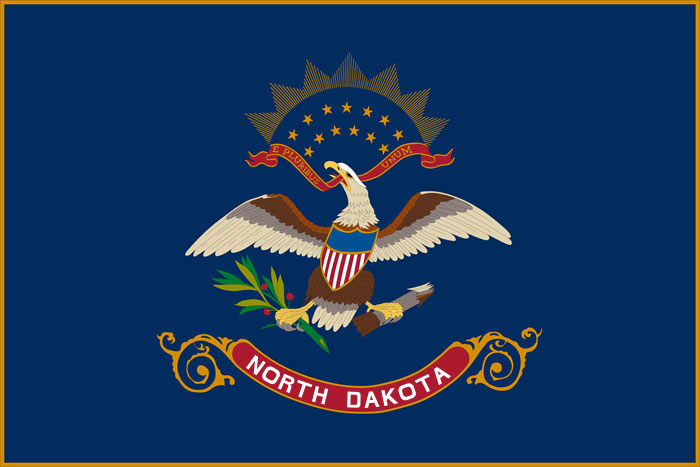If you’re planning on going to college, there’s a good chance you’ll need to take out student loans to do it. The most important thing to understand about student loans is that they are loans — not free money. Like any loan, they need to be paid back, plus interest. Make sure to apply for as many scholarships and grants as possible in order to minimize your student loan need.
Bank of North Dakota (BND) wants you to Be Confident when you make decisions about paying for education beyond high school. After savings, grants and scholarships, BND recommends you take federal Direct Subsidized and Unsubsidized Student Loans before any others. They offer more benefits and repayment options.
If those aren’t enough, it’s important to compare the costs of a loan before you commit. BND Student Loans may be the best option for you.
BND Student Loans offer:
- Loan funds that can be used at eligible schools nationwide or to pay for North Dakota high school dual credit courses.
- Competitive fixed or variable rate options that do not vary based on your credit score or income.*
- Friendly, local service.
- No fees for North Dakota residents attending approved in-state and out-of-state schools and out-of-state residents attending a college in North Dakota.
* Interest rates are posted at bnd.nd.gov/rates and may change quarterly.
Learn more about student loans from BND.
Steps to apply for financial aid and BND Student Loans
Financial aid includes grants, scholarships, work-study programs and student loans to help pay for college. Here are steps you can take to apply for financial aid along with a BND Student Loan if there are gaps in funding your education.
1
Complete the Free Application for Federal Student Aid (FAFSA): Borrower responsibility
2
Receive an offer of financial aid from the schools you list on the FAFSA: School responsibility
3
Accept school-awarded financial aid including federal student loans: Borrower responsibility
4
Apply for a BND Student Loan if there are still gaps in your financing. A cosigner may be needed: Borrower responsibility
5
Loan configuration: Borrower and cosigner (if applicable) receive email from BND to select a fixed or variable interest rate: BND and borrower/cosigner responsibility
6
Loan documentation: Borrower and cosigner (if applicable) sign documents: BND and borrower/cosigner responsibility
7
School certification request: BND and school responsibility
8
Loan final disclosure: Borrower receives disclosure with option to review it and reduce receipt period days: Borrower responsibility
9
Funds sent to borrower’s school: BND responsibility
Call Us
(833) 397-0311
Email Us
studentloans@nd.gov
Start A Live Chat
When active, connect by using the icon in the lower right corner to connect.
How much is too much student loan debt?
It is recommended that you spend no more than 8% to 12% of the income you will earn to repay your student loans. This will typically allow you to meet other obligations after you complete your education like insurance, rent and other expenses. As you decide on a major, do a little research to determine the starting salary you will potentially earn. Insights.nd.gov and Labor Market Information from North Dakota Job Service are tools for you to use.
BND’s Salary-to-Debt calculator will help you determine the upper limit of student loans you should take out based on the salary you will earn with your major. According to a report from the Education Data Initiative in October 2023, $37,650 is the estimated amount of student loan debt at graduation. It was also reported in May 2023 that the average student pursuing a bachelor’s degree borrows more than $30,000.
 An official website of the State of North Dakota
An official website of the State of North Dakota
